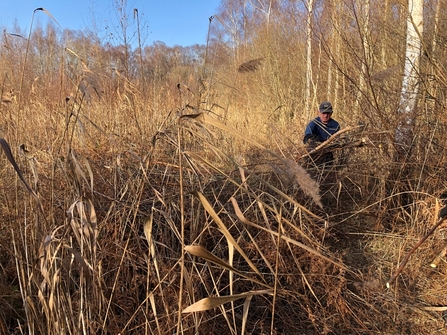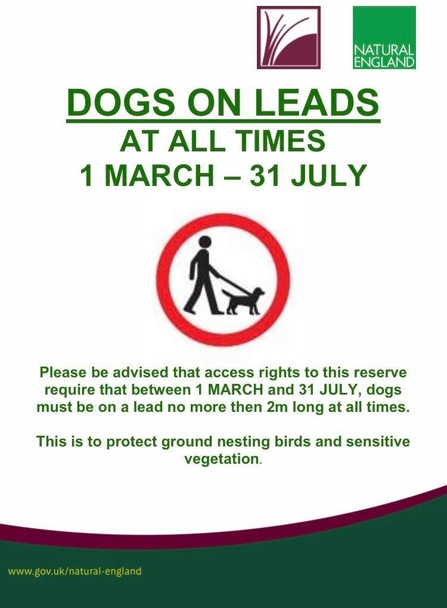Rhododendron Removal
Some of you may have noticed that last winter a large area of Rhododendron was removed from Holme Fen NNR. This winter we followed up this work by removing a number of other significant areas of Rhododendron around the reserve.
Rhododendron ponticum (the rhododendron species found most widely in the UK) is not native to this country. It was brought over in the 18th century and widely planted as an ornamental shrub and as cover for game birds. Since that time, Rhododendron has become a problematic and highly invasive plant in the UK. One of the reasons for its success as an invasive species is that Rhododendron has toxic compounds in its foliage, resulting in it growing virtually unchecked by herbivory in the UK. In addition, Rhododendron has a dense, dark canopy that persists throughout the year, creating conditions underneath it in which virtually no native plants can survive (though it is highly shade tolerant itself). And ultimately, Rhododendron also produces large numbers of small seeds that are dispersed long distances in the wind, helping it spread to new habitats and quickly coming to dominate large areas.
As a result of its detrimental impacts on biodiversity, we have taken the decision to start more seriously controlling (even trying to eradicate if possible) Rhododendron at Holme Fen. We understand that many people used to enjoy the Rhododendron, particularly when it was in flower - but we think that the negative impacts of this plant on native wildlife at the NNR are significant enough to warrant our control measures. Please do get in touch if you would like more information.




